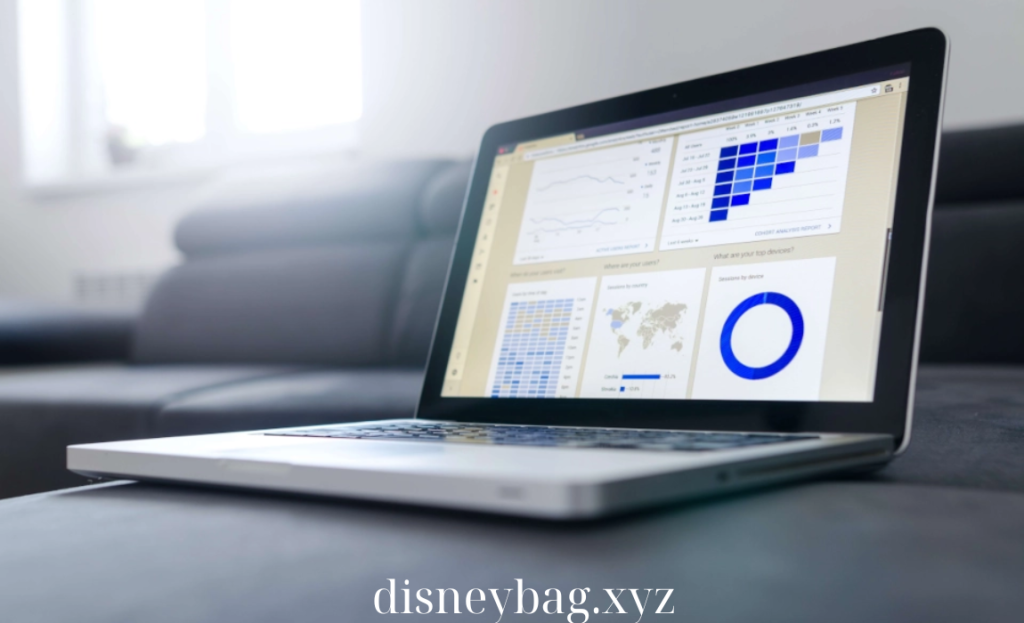Measurement & Optimization
Key Metrics for Influencer Campaigns: Measuring Success and Maximizing Impact
Influencer marketing has become a powerful tool for brands looking to connect with engaged audiences through authentic endorsements. However, the success of an influencer campaign goes beyond just follower counts and likes. To truly understand the impact of your partnerships, it’s essential to measure key performance metrics that reflect engagement, conversions, and ROI. In this article, we’ll explore the most important key metrics for influencer campaigns and how to track them to optimize your strategy for better results.
Reach and Impressions
One of the first metrics to track in an influencer campaign is reach and impressions, as they provide a sense of how many people have been exposed to the campaign.
- Reach: This metric represents the number of unique users who have seen the influencer’s content. It helps you understand how broad your message is and whether you’re reaching the intended audience. Influencers with larger followings will typically have higher reach, but it’s important to ensure that the audience is relevant to your brand.
- Impressions: Impressions measure the total number of times the content has been displayed, including multiple views by the same user. High impressions can indicate that the content is being repeatedly viewed, which may strengthen brand recall. However, it’s essential to balance impressions with engagement to ensure that the content is not just being viewed passively.
Engagement Rate
The engagement rate is a critical metric for measuring how well the influencer’s content resonates with their audience. High engagement indicates that the audience finds the content valuable and relevant.
- How to Calculate Engagement Rate: Engagement rate is calculated by dividing the total number of engagements (likes, comments, shares, and clicks) by the total number of followers, then multiplying by 100.
Engagement Rate=(Total EngagementsTotal Followers)×100\text{Engagement Rate} = \left(\frac{\text{Total Engagements}}{\text{Total Followers}}\right) \times 100
For example, if an influencer with 100,000 followers receives 5,000 likes, comments, and shares on a post, the engagement rate would be 5%.
- Why Engagement Rate Matters: An influencer’s engagement rate often provides a better indication of their influence than follower count alone. Even influencers with smaller audiences (micro-influencers) can have higher engagement rates, meaning their followers are more likely to interact with their content and trust their recommendations.
Click-Through Rate (CTR)
Click-through rate (CTR) measures how effectively the influencer’s content drives traffic to your website, product page, or a specific landing page.
- How to Calculate CTR: CTR is calculated by dividing the number of clicks on a link by the number of times the link was displayed (impressions), then multiplying by 100.
CTR=(ClicksImpressions)×100\text{CTR} = \left(\frac{\text{Clicks}}{\text{Impressions}}\right) \times 100
For example, if an influencer’s post generates 500 clicks from 10,000 impressions, the CTR would be 5%.
- Why CTR Matters: CTR is a crucial metric for campaigns focused on driving traffic or conversions. A high CTR indicates that the influencer’s audience is not only engaging with the content but also taking action by clicking on the link to learn more or make a purchase.
Conversion Rate
The conversion rate measures how many users complete a desired action (such as making a purchase, signing up for a newsletter, or downloading an app) after clicking on the influencer’s content.
- How to Calculate Conversion Rate: Conversion rate is calculated by dividing the number of conversions by the total number of clicks, then multiplying by 100.
Conversion Rate=(ConversionsClicks)×100\text{Conversion Rate} = \left(\frac{\text{Conversions}}{\text{Clicks}}\right) \times 100
For example, if 200 users make a purchase out of 1,000 clicks, the conversion rate would be 20%.
- Why Conversion Rate Matters: Conversion rate is the most important metric for campaigns focused on driving sales or leads. It tells you how effectively the influencer is not only engaging their audience but also convincing them to take a specific action that benefits your business.
Cost Per Engagement (CPE)
Cost per engagement (CPE) helps you understand how much you are spending to generate each engagement (likes, comments, shares, clicks) through your influencer campaign.
- How to Calculate CPE: CPE is calculated by dividing the total cost of the campaign by the total number of engagements.
CPE=Total Campaign CostTotal Engagements\text{CPE} = \frac{\text{Total Campaign Cost}}{\text{Total Engagements}}
For example, if you spend $5,000 on an influencer campaign that generates 10,000 engagements, your CPE would be $0.50 per engagement.
- Why CPE Matters: CPE allows you to measure the efficiency of your campaign in terms of audience interaction. A lower CPE indicates that you’re getting more engagement for your money, while a higher CPE may signal that the content isn’t resonating as strongly with the influencer’s audience.
Return on Investment (ROI)
Return on investment (ROI) is the ultimate metric for determining the success of your influencer campaign. It measures how much revenue the campaign generated compared to the amount spent on the campaign.
- How to Calculate ROI: ROI is calculated by subtracting the total campaign cost from the total revenue generated, dividing by the campaign cost, and multiplying by 100 to get a percentage.
ROI=(Revenue−Campaign CostCampaign Cost)×100\text{ROI} = \left(\frac{\text{Revenue} – \text{Campaign Cost}}{\text{Campaign Cost}}\right) \times 100
For example, if your campaign generates $15,000 in revenue and cost $5,000 to run, your ROI would be 200%.
- Why ROI Matters: ROI is the most comprehensive metric for evaluating the overall success of your influencer campaign. A positive ROI means the campaign generated more revenue than it cost, while a negative ROI indicates that the campaign didn’t deliver the expected results. Tracking ROI helps you make data-driven decisions about future influencer partnerships.
Audience Demographics
While not always a direct metric, understanding the audience demographics of the influencer is crucial for ensuring that your campaign reaches the right target market.
- What to Analyze: Look at the influencer’s audience in terms of age, gender, location, and interests. This information helps you ensure that the influencer’s followers align with your brand’s target demographic. For example, if your brand is targeting millennials in urban areas, you’ll want to work with influencers who have a strong following within this demographic.
- Why Demographics Matter: Even if an influencer has high engagement, their campaign may not be effective if their audience doesn’t match your ideal customer profile. Working with influencers who have the right audience ensures that your message is reaching the people who are most likely to engage with your brand.
Sentiment Analysis
Sentiment analysis measures the tone and emotion behind the audience’s engagement with the influencer’s content. This helps you understand how the audience feels about your brand or product.
- How to Measure Sentiment: Use social listening tools to track and analyze the comments, mentions, and overall discussions around your campaign. Positive sentiment indicates that users are responding well to the campaign, while negative sentiment suggests areas for improvement.
- Why Sentiment Matters: Sentiment analysis goes beyond simple engagement metrics by revealing how users feel about your brand. Positive sentiment can boost brand loyalty and trust, while negative sentiment may require adjustments to the campaign’s messaging or approach.
Affiliate or Promo Code Tracking
For campaigns focused on sales, using affiliate links or promo codes is an effective way to track conversions directly from the influencer’s efforts.
- How It Works: Assign unique affiliate links or promo codes to each influencer so you can track which influencer is driving the most sales or sign-ups. This method provides direct attribution, helping you measure the impact of each influencer individually.
- Why It Matters: Affiliate and promo code tracking provides clear data on the sales generated by your influencer campaign. This allows you to identify your top-performing influencers and allocate your budget more effectively in future campaigns.
Long-Term Metrics: Brand Awareness and Loyalty
Influencer campaigns can also have long-term effects on brand awareness and loyalty, which may not be immediately measurable through standard engagement metrics.
- Brand Awareness: Track the growth of your social media followers, website traffic, and brand mentions after the campaign. If you notice an increase in these areas, it indicates that the influencer campaign helped raise awareness of your brand.
- Customer Loyalty: Monitor repeat purchases or interactions from users who were first introduced to your brand through the influencer campaign. Building long-term relationships with new customers can be one of the most valuable outcomes of influencer marketing.
Conclusion
Measuring key metrics for influencer campaigns is essential for understanding the impact of your partnerships and optimizing your influencer marketing strategy. By tracking metrics such as reach, engagement rate, CTR, conversion rate, and ROI, you can gain valuable insights into what’s working and what needs improvement. Additionally, understanding audience demographics, sentiment, and long-term brand impact ensures that your influencer campaigns not only drive immediate results but also build lasting connections with your target audience.

